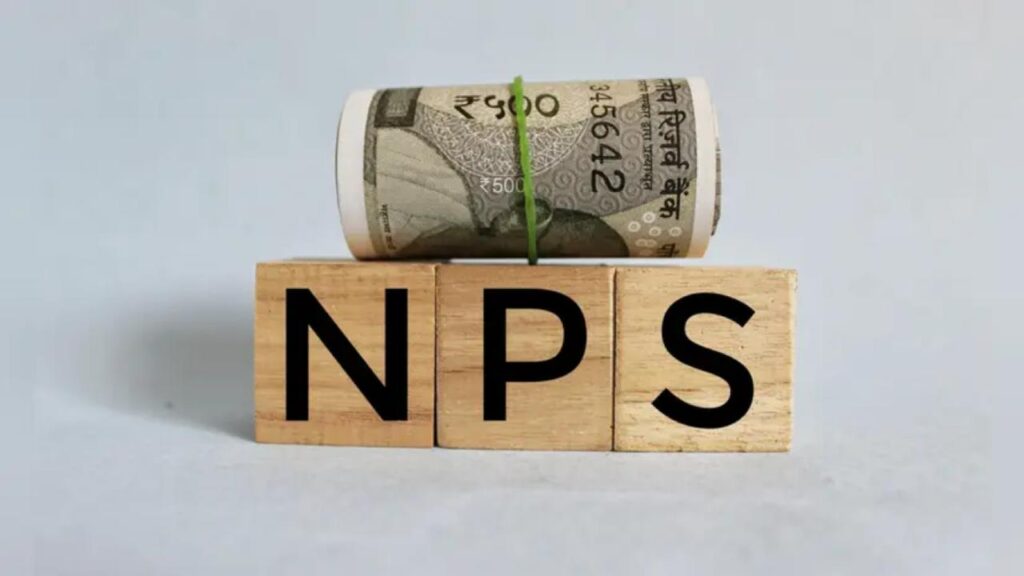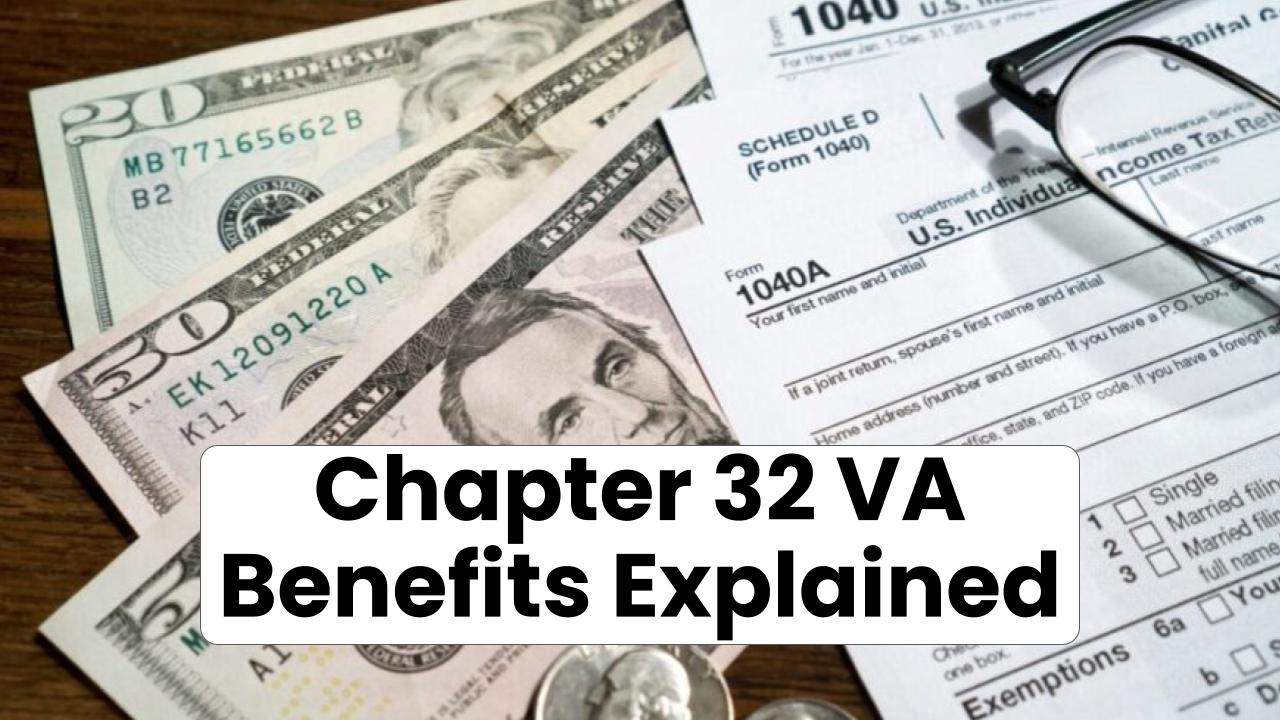The deadline for central government employees to choose between the Unified Pension Scheme (UPS) and the National Pension System (NPS) has been extended to September 30, 2025. This change provides a golden opportunity for employees to make a well-informed decision regarding their retirement savings. The NPS and UPS are both designed to ensure a financially secure post-retirement life, but understanding the key differences, benefits, and how to make the most out of these schemes can feel like navigating a maze.

UPS Deadline Now Extended to Sept 30
| Topic | Details |
|---|---|
| UPS vs NPS Deadline | Deadline for choosing between UPS and NPS extended to September 30, 2025. |
| NPS Benefits | Tax benefits under Sections 80CCD(1), 80CCD(1B), and 80CCD(2) of the Income Tax Act. Employer contributions of up to 14%. |
| UPS Features | Guaranteed pension based on the employee’s salary. Lump sum retirement benefits, gratuity, and guaranteed payments. |
| Financial Impact Comparison | NPS offers potential for higher returns but with market risks. UPS offers fixed monthly pensions but lower returns. |
| Actionable Steps | Clear steps to evaluate, understand, and finalize your decision before September 30, 2025, including consulting with authorities and weighing retirement goals. |
Choosing between the UPS and NPS schemes is a critical decision for central government employees. Both offer distinct advantages, and the choice largely depends on your financial goals and retirement needs. By evaluating your eligibility, consulting with experts, and considering the long-term financial implications, you can make an informed choice that suits your future. Remember, action needs to be taken before September 30, 2025 to ensure that you don’t miss out on the benefits each scheme provides.
Understanding the UPS and NPS
When it comes to retirement planning, federal employees in the United States have a choice between two powerful pension schemes: the Unified Pension Scheme (UPS) and the National Pension System (NPS). But the decision isn’t as straightforward as picking a favorite ice cream flavor. Each of these schemes offers distinct advantages, risks, and long-term benefits. Let’s dive deeper into each option so you can better understand them.
What is the Unified Pension Scheme (UPS)?
The Unified Pension Scheme (UPS) is primarily designed for central government employees who want a guaranteed income after retirement. Think of it as a safety net that promises regular payments during your post-retirement years, giving you peace of mind.
- Guaranteed Pension: Under the UPS, retirees are assured of a fixed monthly pension, which is indexed to inflation via Dearness Relief.
- Lump Sum at Retirement: Employees receive a lump sum amount equal to one-tenth of the last drawn basic salary, in addition to gratuity.
- Employer Contributions: The government contributes 18.5% of the employee’s salary, split between the employee’s account and a pooled fund that ensures the pension is sustainable.
Example:
If you’ve worked for the government for over 10 years, your final salary at retirement determines how much you will receive as a pension. The formula is simple: your last salary, plus Dearness Allowance, will be multiplied by a percentage defined in the UPS scheme.
What is the National Pension System (NPS)?
On the other hand, the National Pension System (NPS) is a more dynamic and flexible retirement scheme. It’s open to everyone, not just government employees, and it allows individuals to grow their retirement savings through market-linked returns.
- Market-Linked Growth: Unlike UPS, which offers fixed returns, NPS is market-driven, meaning that the amount of money you accumulate depends on how well the funds in your account perform.
- Tax Benefits: Contributions to NPS come with significant tax benefits. For instance, you can claim deductions under Section 80CCD(1B), which allows you to invest an additional ₹50,000 in NPS, beyond the ₹1.5 lakh limit under Section 80C.
- Employer Contributions: The government, as an employer, contributes up to 14% of an employee’s basic salary and Dearness Allowance to the NPS account.
Example:
Suppose you contribute ₹1,000 a month to your NPS account. If the market performs well, you could see your corpus grow much faster than the UPS scheme, where the returns are static. However, the flip side is that there’s no guarantee; if the market performs poorly, you could see lower returns.

How to Maximize Benefits Before the Deadline
Given the extension of the deadline to September 30, 2025, it’s crucial to take action now. Here’s a breakdown of how to maximize the benefits under both the UPS and NPS schemes:
1. Evaluate Your Eligibility for UPS
First, check if you qualify for the UPS. You need to have a minimum of 10 years of service in the government. If you do, then you have the option to opt for the UPS before the deadline. If you’re unsure about your eligibility, reach out to your Drawing and Disbursing Officer (DDO) or the Accounts Office for clarity.
2. Consult with Financial Advisors
Whether you’re leaning toward the UPS for its guaranteed pension or considering the NPS for its potential growth, it’s wise to talk to a financial advisor. They can help you assess your financial goals, your risk tolerance, and your retirement needs. Understanding your future income and how much you need to save today can guide your decision.
3. Understand the Impact of the Decision
The most important thing to remember is that once you switch to the UPS, it’s irrevocable. You won’t be able to switch back to NPS if you change your mind later. This makes it essential to carefully weigh the benefits and risks. The UPS might offer more security, while the NPS could provide higher returns but with market risks.
4. Consider Your Retirement Goals and Risk Appetite
Ask yourself: Do you want certainty or are you okay with some risk in exchange for potentially higher rewards? The UPS guarantees a pension, offering peace of mind, especially for those who want a reliable monthly income. The NPS, while riskier, offers the opportunity for higher long-term growth, but there’s no promise.
5. Submit Your Option Before the Deadline
To make sure you’re in the system before the deadline, ensure you submit your final decision to the relevant authorities. This is critical because after September 30, 2025, there will be no further extensions.
Financial Impact Comparison: UPS vs NPS
Let’s take a quick look at how the financial outcomes of each scheme might compare over a career. This comparison is based on typical figures and can vary based on individual circumstances.
| Feature | UPS | NPS |
|---|---|---|
| Monthly Pension | ₹23,388 (plus Dearness Relief) | ₹25,070 |
| Lump Sum at Retirement | ₹10,58,643 | Not applicable |
| Total Withdrawals at Retirement | ₹67,50,640 | ₹75,20,989 |
| Final Withdrawal Amount | ₹1,81,86,820 | ₹90,25,187 |
FAQs (Frequently Asked Questions)
1. What happens if I miss the September 30, 2025 deadline?
- If you miss the deadline, you will no longer be able to opt for the UPS scheme and may have to stick with the NPS. It’s essential to act before the cutoff to get the best retirement option for your needs.
2. Can I switch between UPS and NPS after I choose one?
- Unfortunately, no. Once you choose UPS, you cannot switch back to NPS. It’s a permanent decision, so make sure you’re confident in your choice.
3. How do I decide between UPS and NPS?
- If you prefer security and a guaranteed pension, UPS is the way to go. If you’re okay with market risk for potentially higher returns, consider NPS.
4. Can I get tax benefits with both schemes?
- Yes, NPS offers tax deductions, but UPS doesn’t directly offer tax incentives. However, the pension you receive from UPS is generally tax-free after retirement.








